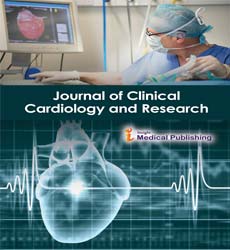Sudden cardiac death: recognizing hidden risk among women versus men
Abstract
Despite improvements in prevention and therapy of coronary artery disease, the burden of sudden cardiac death (SCD) remains high, as SCD accounts for up to 20% of all natural deaths in Europe. Hence, there is a continued need for improved strategies to identify those individuals at risk of sudden cardiac arrest (SCA) and SCD. Sudden death is defined as a non-traumatic, unexpected fatal event occurring within 1 hour of onset of symptoms in an apparently healthy subject (or, if witnessed, when the victim was in good health 24 hours before the event).1 According to the 2015 European Society of Cardiology guidelines, the term SCD is used either when a potentially fatal cardiac condition was known to be present during life, autopsy revealed a cardiac or vascular anomaly as the probable cause of the event, or no obvious extra cardiac causes were identified by post-mortem examination.1 Based on various prospective studies, the incidence of SCD is estimated to be around 50–150 per 100 000 person-years,2 but variability between cohorts exists due to differences in available (clinical) information and criteria used. To accommodate these variations, the SCD definition may be refined by sub categorizing it into definite, probable or possible SCD depending on a number of criteria, as indicated in figure 1.3 Hence, accurate assessment of SCD incidence not only relies on the availability of autopsy findings and clinical information, but also on the presence of an immediate witness to the SCD event or a ‘remote witness’ (who witnessed the victim <24 hours before the SCD was discovered).
Open Access Journals
- Aquaculture & Veterinary Science
- Chemistry & Chemical Sciences
- Clinical Sciences
- Engineering
- General Science
- Genetics & Molecular Biology
- Health Care & Nursing
- Immunology & Microbiology
- Materials Science
- Mathematics & Physics
- Medical Sciences
- Neurology & Psychiatry
- Oncology & Cancer Science
- Pharmaceutical Sciences
